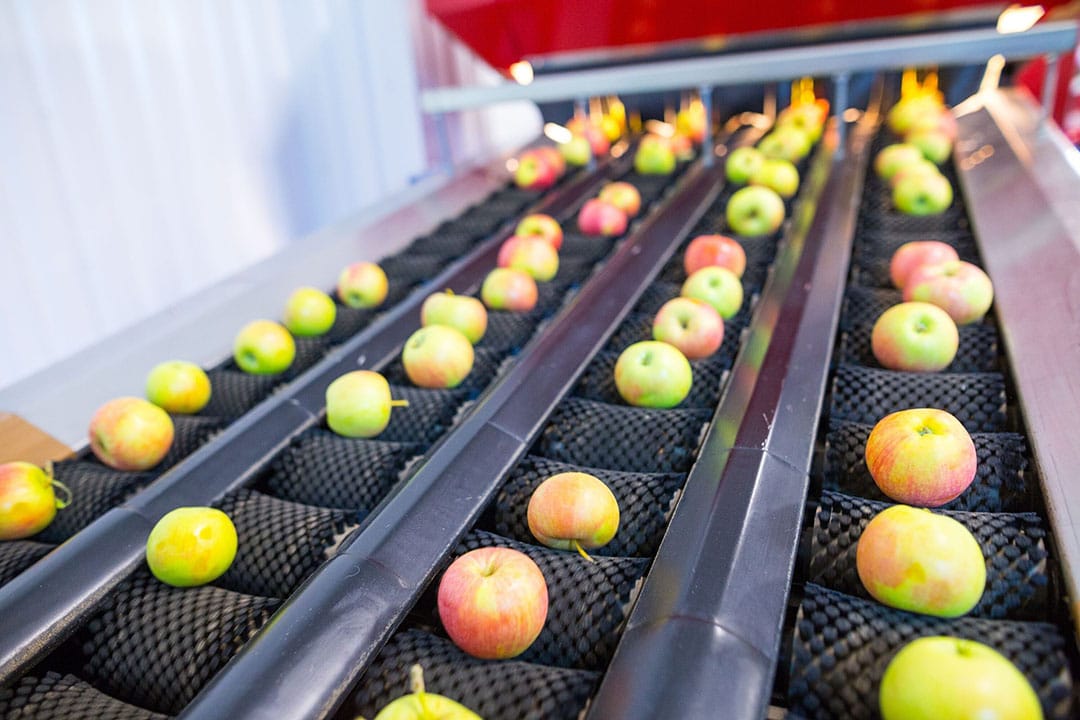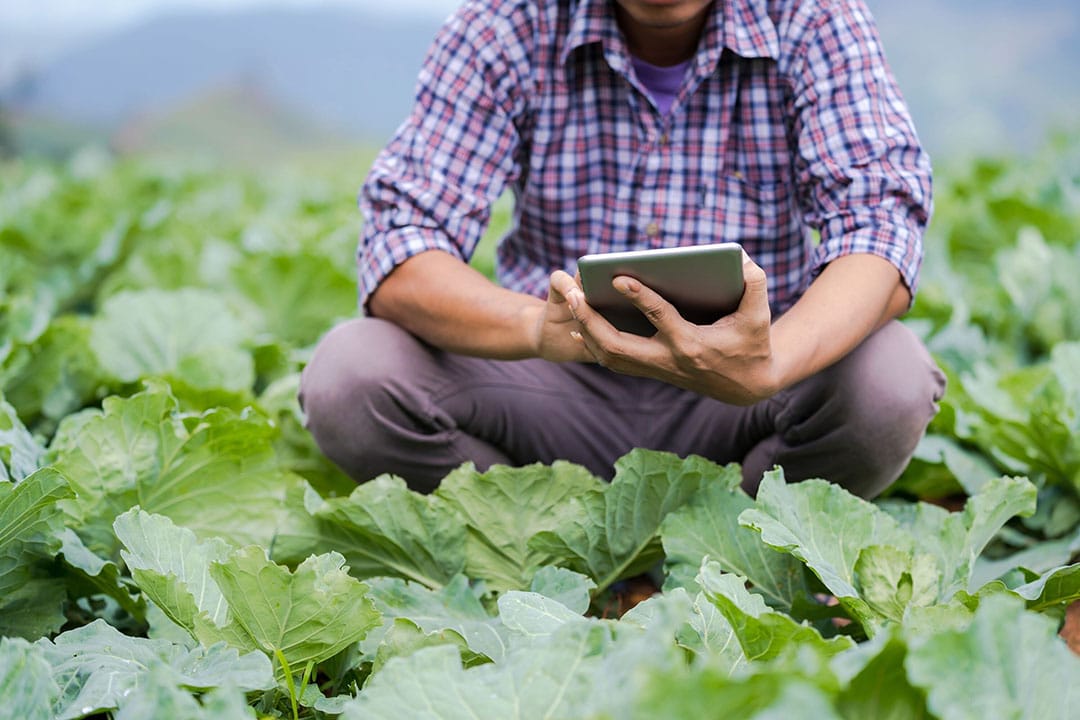The future of smart farming in South Africa

With the help of smart farming, South Africa has doubled its maize production per hectare since the 1970‘s.
Technology has completely transformed agriculture over the last few decades. These days, farmers are integrating everything from drones and satellite sensing to genetic modification and, more recently, Artificial Intelligence into their operations to reduce costs and enhance yield. Back in the 1970s, the country was producing an average of two tons of maize per hectare, today South Africa produces more than four tons per hectare purely from the successful application of technological advancements.
Dualistic agricultural economy
In the South Africa context, a dualistic agricultural economy exists with highly developed commercial players on the one side and those that practice farming for subsistence purposes on the other. This differs to various other regions across the continent where there is greater focus on small scale producers.
Therefore, a fair amount of technology that is already been successfully applied in the country specifically within the commercial sector. The implementation of smart farming technologies over the years has helped farmers and growers to achieve the highest potential in whichever farming activity they choose to undertake.
Genetically modified maize
Nowadays, South African farmers apply everything from regenerative agriculture, which relates to the use of smart technologies to improve efficiency, right through to gene technology. The use of the latter has showed great results in increasing yields with genetically modified maize production now making up about 80 to 90% of the total.
Not too long ago it was difficult to be able to store apples for a long while. Now, however, apples can be stored for well over six months. The combination of genetics and the application of technology in the tissue culture has also allowed for the significant lengthening of the production or export season.
Meanwhile, GPS technology is making an impact in the area of livestock farming by making it possible to identify, track and trace a certain animal right through the value chain. Whereas traditionally, livestock was a difficult item to track and trace and prove ownership of.
Text continues underneath image

Robotics and camera technologies
The more recent introduction of AI is also significantly increasing not just the quantity but the quality of produce that we see on our supermarket shelves today. Standard Bank recently financed a citrus producer that is now using robotics in its packhouse, which has greatly reduced the time that is used to pack those oranges. The use of robotics and camera technologies has also been applied in the packing and producing of eggs to identify ‘bad eggs’ in the process.
There are also technologies being applied to make sure the quality and quantity of what is to be produced for a specific market for which you produce is at the correct standards.
Climate monitoring technology
The use of climate monitoring technology is also being used to ensure that produce that is produced for export markets meets the relevant standards. South African vineyards place these monitors that are almost invisible to the naked eye onto the leaves to monitor the temperatures and chemicals in the plants to detect changes or problems early in the process.
This allows farmers to take corrective action, which is critical for crops such as grapes because if the look and feel of the product that you have is damaged as a result of either climate, or any chemical disruption, then farmers stand to lose an entire crop for export.
The challenge is to extract the data generated and integrate it successfully into other areas of the economy such as financial services
Furthermore, the emergence of online marketplaces, now accelerated by the pandemic, is supporting the marketing of farming operations by making it easier for farmers to get themselves and their produce out there and to access distribution channels outside of their typical areas.
It can be said that the application of technology across South Africa’s agriculture sector is at significant levels. The challenge, however, is to extract the data generated and integrate it successfully into other areas of the economy such as financial services.
Text continues underneath image

How technology and data can play a role in determining finance for agribusinesses
In the old days, a farmer’s banking partner would be one of the institutions that sat at the end of information chain regarding the crop, while the supplier of let’s say pesticides might be closer to what is happening at any given time. It is only when the client starts repaying loan facilities back that there would be some indication due to a shortfall, or whatever the case may be.
Whereas technology and the data it generates could allow a bank, for example, to be part of that whole process so that they are aware of possible changes in the crop that are taking place at a biological level, or at a climatic level. They can then overlay that from a financial point of view to see what could be done to support the process.
Better track and trace the development of a crop
Standard Bank is currently assessing the extent to which we can better track and trace the development of a crop, over a period of time, and identify early intervention nodes or requirements where something might be going wrong with a crop, and some additional treatment needs to be given to that crop, which we then know to be the case and can finance at that point in time.
Joining forces with other parties in the value chain can make technologies more affordable
Certainly, when we talk about technologies like drones or satellites, affordability acts as a barrier for the likes of a smaller or emerging farmer. But the cost factor could be addressed with greater collaboration. As a bank, for instance, we can find some value in terms of what data can be generated out of satellite technology. The same would be the case for an insurance provider, as well as a pesticides provider. The joining forces with other parties in the value chain can make those technologies more affordable.
Enabling financing for appropriate farming technologies
This collaboration must extend to other specialists within the value chain that can assist smaller scale farmers with skills and knowledge transfer. Standard Bank is currently enabling financing for appropriate farming technologies while working with its enterprise development unit to make specialists available to small scale farmers to ensure the right technical application is taking place and to better prepare farmers for a digital future.



